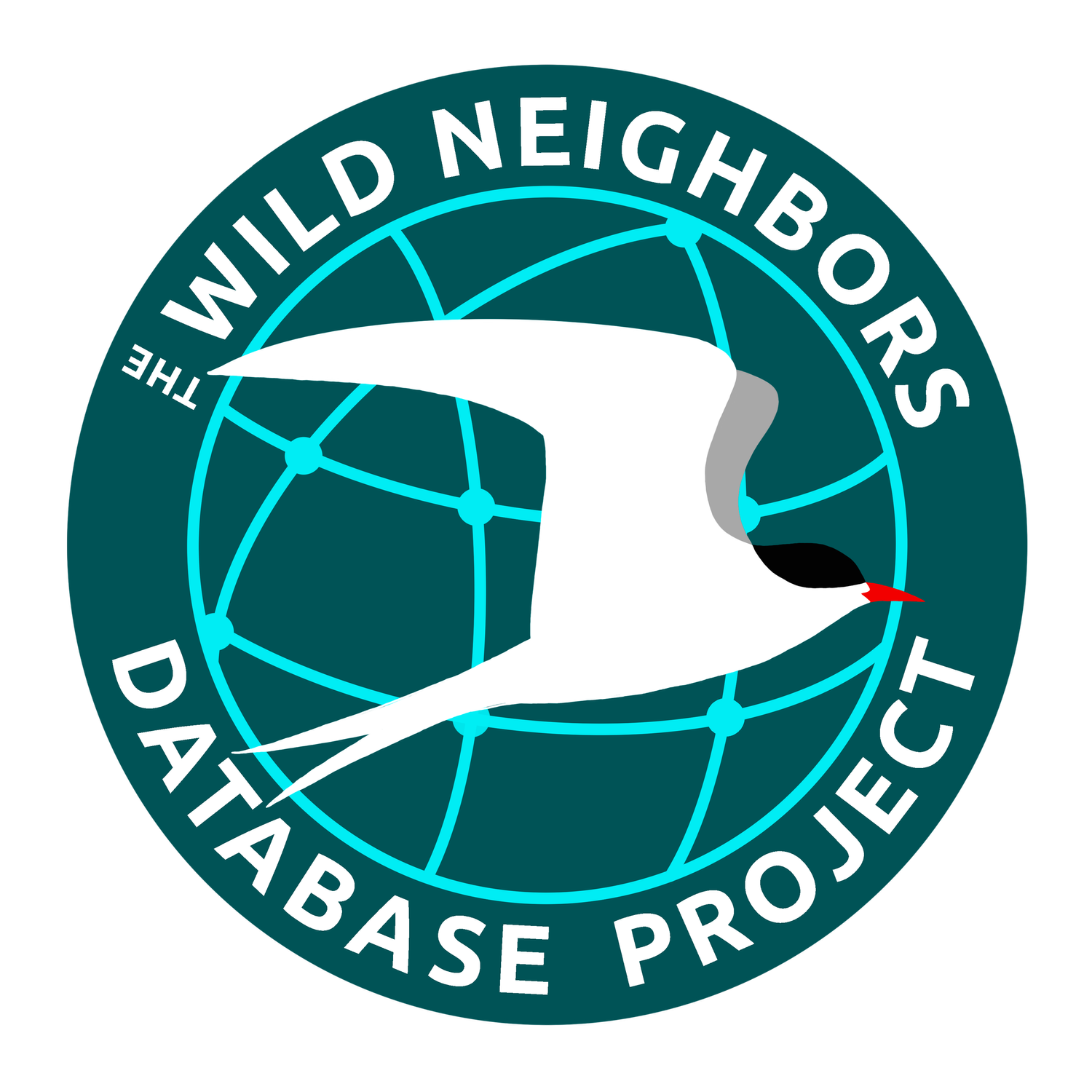WRMD 3.0: Updated Ages
The Conundrum
Over the past few years one of the most common questions we receive is about the age terminology used in WRMD. People ask us what each age term means or request to change them to something more suitable for their use. We’ve always been open to making a change to the age terminology but believe it or not, it's turned into one of the most difficult things in the entire database to change. This difficulty stems from the fact that there are so many different age terms used among wildlife rehabilitators and other wildlife professionals.
Not only are there age terms used just for birds, mammals, reptiles and amphibians but each of those groups can be drilled down further to define even more unique ages. For example, raptors can be aged according to their plumage and of course the USGS Bird Banding Laboratory has their own category of ages. And this only considers age terms used within the United States. If you consider that different age terminology is used outside of the States, it further complicates the situation.
Another problem arises from the actual meaning of some of the age terms. For example, some words used as ages are not actually describing the age of the animal by instead are describing the developmental status of the animal. For example consider the age term "weaner". It is used be some people to describe a young animal. However, in reality the word actually means that the animal is weaning and its actual age might be appropriate for that weaning animal or it might not not be. An animal that someone may be calling a "weaner" could actually be an adult!
The Solution
Long story short, we have literally spent the past year talking with different groups and wildlife professionals about what terms are best to use to describe the age of an animal. Not surprisingly, we have found that it's best to use ages specific to each class of animal (ie: birds, mammals, reptiles and amphibians). As a result we have come up with a new listing of ages that WRMD 3.0 will use, listed below.
Birds
Egg
Hatchling / Chick
Nestling
Fledgling
Juvenile
Adult
Mammals
Neonate
Infant
Juvenile
Sub-adult
Adult
Amphibians & Reptiles
Egg
Hatchling
Juvenile
Adult
When you start a new a record and enter the species, WRMD already knows if that animal is a bird, mammal, reptile or amphibian and will only give you the options for that class. It will also still include the chronological ages for all animals in case you know, for example, that the animal was four days old when admitted.
We think this is a much cleaner and more user and patient-friendly way to record ages. Fortunately, most of the ages already recorded in WRMD over the past 5 years easily match up to the new choices. However, some of them will need to be translated to jive with the new system. We'll take care of that for you!
We hope you enjoy the new animal age system! Please let us know if you have any questions or suggestions!
Now that we've made this change it begs the question about developmental status. This is something that we want to explore further but to be totally honest we have no idea how to do it because at the end of the day, that's something that has to be judged and assessed by a person.
